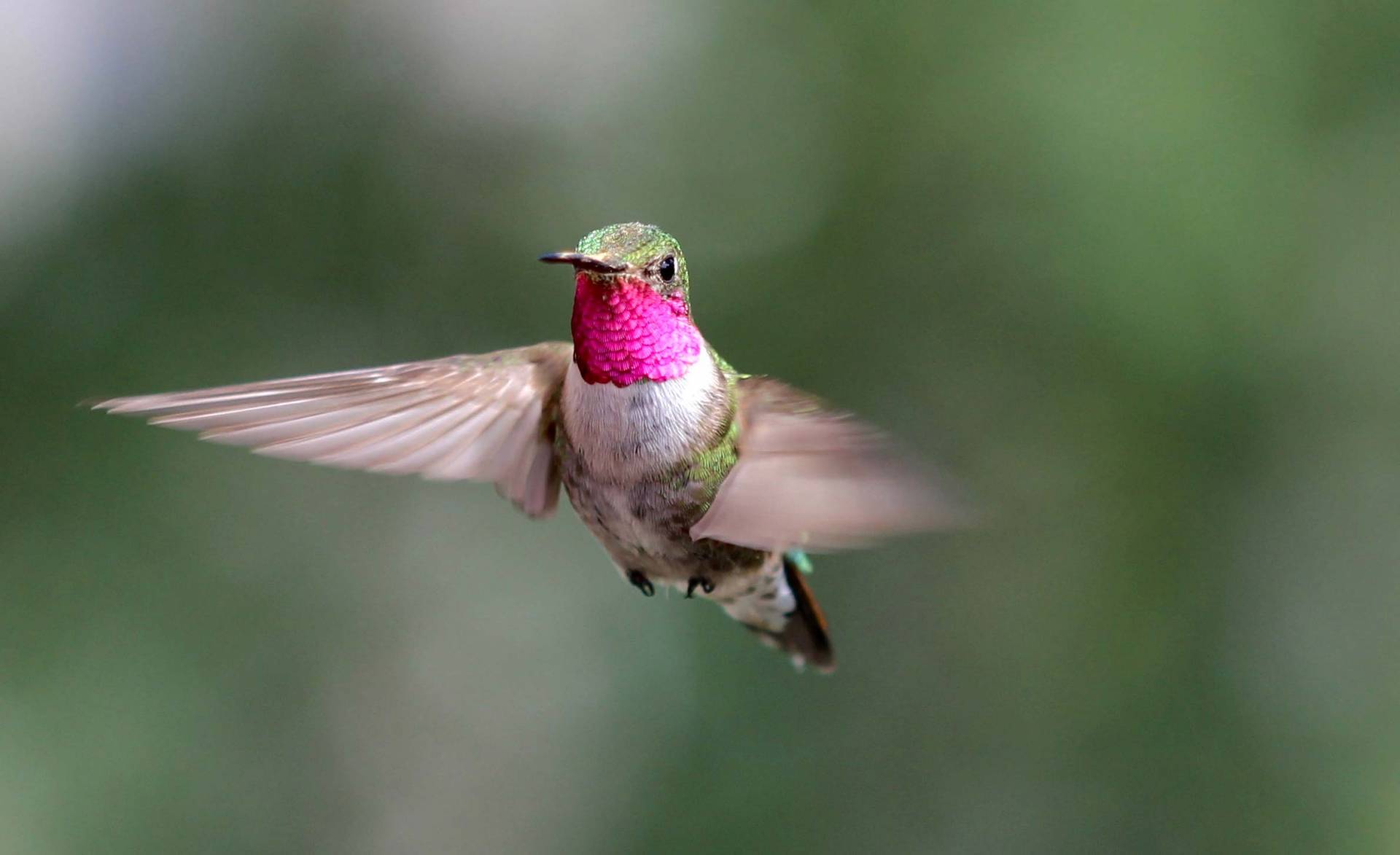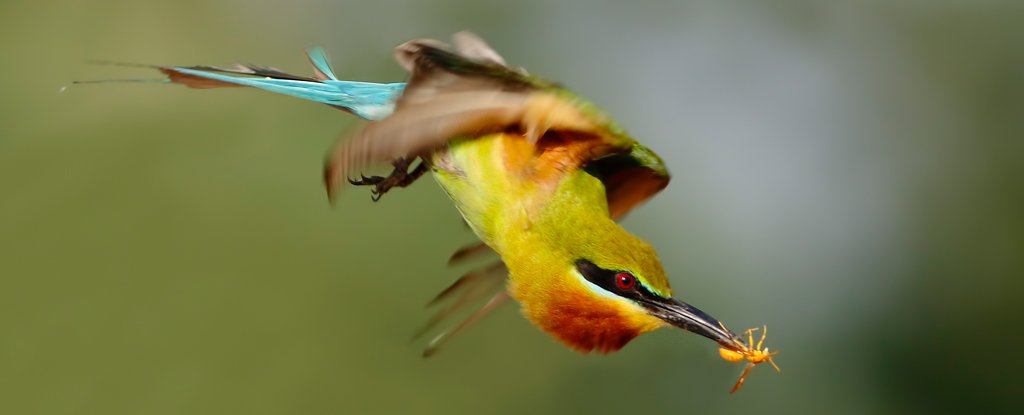For his Chemistry Lab, Ken Costello considered this to mean that in terms of the full spectrum we are indeed...
| "The entire light spectrum (also known as the electromagnetic spectrum) spans light waves that are miles long to waves that are extremely short. The light we see (visible light) only spans about 1.5% of the entire light spectrum. So we would be legally blind considering what we could see." Experiment 7: Light as a Tool |
To clarify the extent of this blindness, Ken Costello compared full spectrum perception to the color picture of a mountain scene (left) and then removed all but 1.5 percent of the color (right) to emphasize the 1.5 percent of the electromagnetic spectrum that we can actually perceive:
Clearly we are missing a lot and it is only by using powerful scientific instruments that we can find out what we are indeed missing. The spectrum below displays the uses to which we put various wavelengths of the electromagnetic spectrum
For more on the above illustration, take the NASA Science:
Tour of the Electromagnetic Spectrum
Introduction:
Radio Waves:
Microwaves:
Infrared Waves:
Visible Light Waves:
Ultraviolet Waves:
X-Rays
Gamma Rays
But even though we humans are restricted to our narrow range of visible light, some animals are not!
Spectacular bird's-eye view? Compared to hummingbirds, humans are color blind!
Wild hummingbirds see a broad range of colors humans can only imagine
ScienceAlert Article:
Birds Can See a 'Colour' Humans Can't. Now Scientists Have Revealed This Hidden World.
The full text of the research paper by Cynthia Tedore and Dan-Eric Nilsson of the Zoological Institute, University of Hamburg:
Avian UV vision enhances leaf surface contrasts in forest environments

Spectral sensitivities of avian cones and multispectral camera channels.
Solid lines show spectral sensitivities of avian cones and dashed lines
show multispectral camera channels. Most terrestrially foraging birds
are tetrachromats, having L, M, and either S(U) and U or S(V) and V
cones6. L, M, S, V, and U stand for Long, Medium, Short, Violet, and Ultraviolet wavelengths, respectively











No comments:
Post a Comment
Note: Only a member of this blog may post a comment.